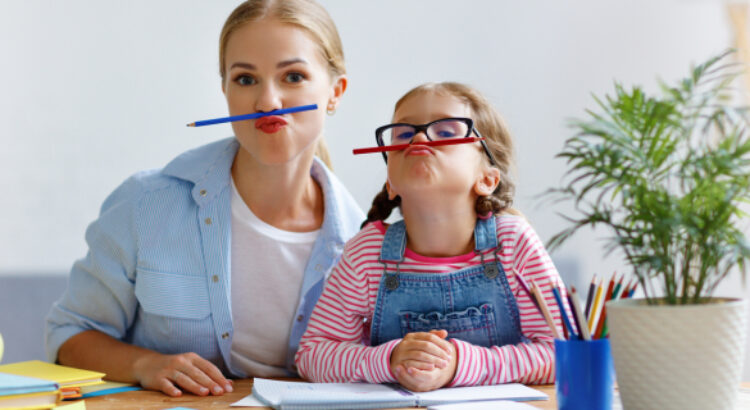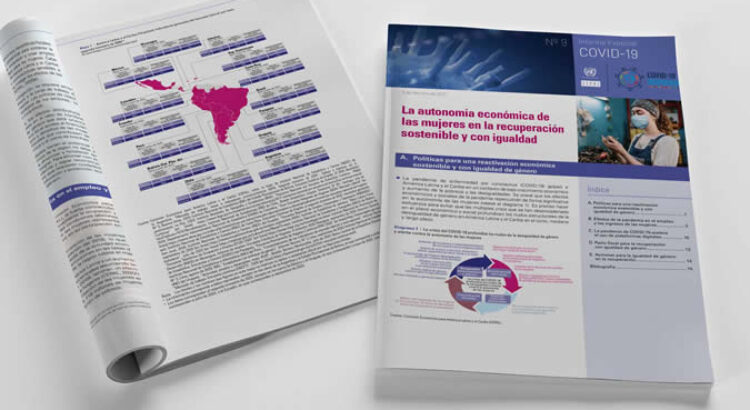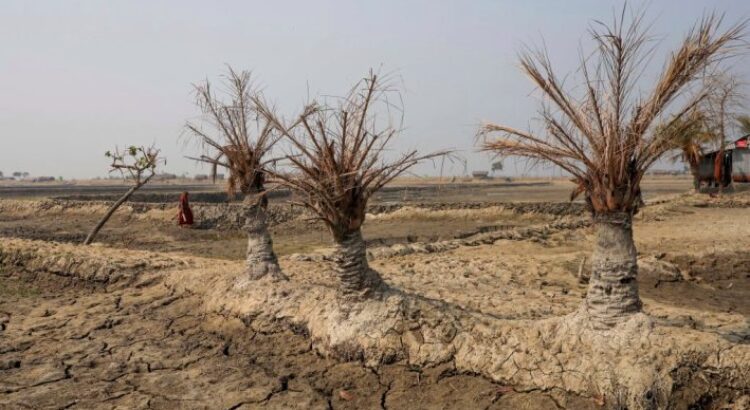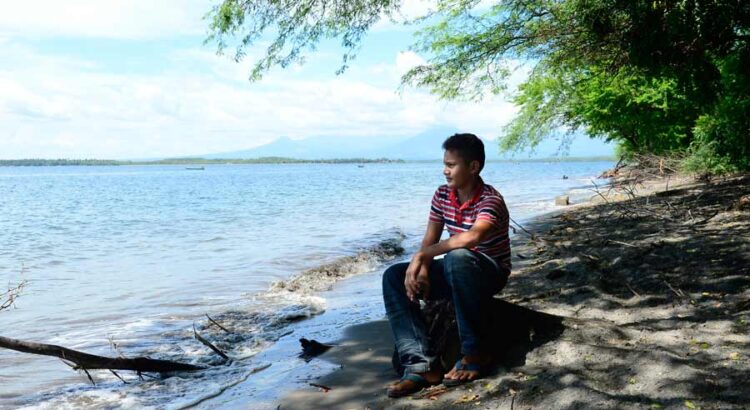Mundo/América Latina/05-03-2021/Autor(a) y Fuente: RED CLADE
Las organizaciones abajo firmantes rechazamos la represión desmedida, el uso de armas y de ataques a los ojos por parte del ESMAD, de la policía y de organismos de seguridad del Estado colombiano hacia las personas que salen a manifestarse; específicamente rechazamos lo sucedido con Gareth Steven Sella en la tarde del 24 de febrero de 2021, cuando haciendo parte de una manifestación en la que se exigía del Estado colombiano la Matrícula Cero para la educación pública superior y el desmantelamiento del ESMAD, justamente por sus actos violentos contra estudiantes y jóvenes manifestantes desde tiempo atrás, fue agredido en uno de sus ojos por parte de un miembro del ESMAD.
En un diálogo con Blu Radio, el joven cineasta de 24 años aseguró que a él le habían disparado cuando estaba en la calle 23 con carrera Séptima (en el centro de Bogotá). “Yo me volteo y ahí me disparan, yo siento el golpe supremamente fuerte en mi cara y arrancó a moverme, a correr. Me toqué el ojo y me di cuenta de que no veía. Me asuste bastante”, explicó el joven.
Sella aseguró que el diagnóstico médico que le dieron en la Clínica San Ignacio arroja que la herida se produjo por el impacto de un arma. “Ellos lo tienen muy claro (los médicos). Las heridas hablan, esto no fue una piedra. Dios quisiera que hubiera sido una piedra, de pronto me hubiera cortado un poquito, un par de puntos y todo bien. Pero esta herida es profunda, es una herida por un impacto que removió todo dentro del ojo”, indicó.
Es una situación que de nuevo se repite y que ya había sucedido en ocasiones anteriores contra manifestantes.
Además de estos hechos, Gareth Steven ha recibido amenazas contra su vida por las declaraciones realizadas.
La Campaña Latinoamericana por el Derecho a la Educación expresa su más categórico repudio a la represión de los militantes sociales y educativos, que pone en riesgo su salud de manera irreparable, lamentando que se ensañe con jóvenes y adolescentes de manera brutal.
Desde las organizaciones sociales que adherimos a este pronunciamiento exigimos castigo a los responsables directos y a quienes dan las órdenes de reprimir estas manifestaciones legítimas y pacíficas.
¡Exigimos la protección de la vida y la integridad de nuestros jóvenes en todo el país!
¡Decimos no a la impunidad!
03 de marzo de 2021
Campaña Latinoamericana por el Derecho a la Educación
Coalición Colombiana por el Derecho a la Educación
Campaña Latinoamericana por el Derecho a la Educación
Coalición Colombiana por el Derecho a la Educación
Colectivo de Educación para Todas y Todos de Guatemala
Campaña por el Derecho a la Educación en México
Contrato Social por la Educación en el Ecuador
Red Global/Glocal por la Calidad Educativa
Marcha Global Contra el Trabajo Infantil Sudamérica
Federación Internacional Fe y Alegría
Reagrupamiento Educación para Todas y Todos – Haití
Equipo Docentes Licenciatura en Educación Comunitaria y Derechos Humanos
Instituto Latinoamericano para una Sociedad y un Derecho Alternativos
Fundación Luis Felipe Vélez
Red de Educación de Personas Jóvenes y Adultas
Frente Amplio por la Educación, los Derechos y la Paz
Colectivo Voces y Colores
Grupo de Docentes de Educación de Personas Jóvenes y Adultas
Organización Mundial por la Educación Preescolar – OMEP
Asociación Nacional de Estudiantes Secundaristas – ANDES
Organización Continental y Caribeña de Estudiantes – OCLAE
Fundación Escuela para el Desarrollo – FEDE
Asociación de Directivos Docentes Oficiales del Quindío
Docentes de la Institución Educativa Antonio Nariño de La Tebaida
Movimiento por un Mundo Sin Guerras y Sin Violencia
Asociación Minga
Grupo COMUNICARTE
Centro Internacional de Investigaciones Otras Voces en Educación
Fodeve – Foro Venezolano por el Derecho a la Educación
Luz Angélica Medina -Pastoral Social Bogotá
Ruth Barreto – Red Tejiendo Sueños y Realidades
Germán Niño – CIASE
María Elena Urbano Dorado – FLFV/CCDE
Cecilia Gómez – CCDE
Camilo Jiménez – UPN
Ángel Libardo Herreño – ILSA
Orlando Pulido – Docente Universitario
Nabor Infante – Docente de EPJA
Sandra Morales, Egresada EPJA
Ana Lucia Medina, Docente
Jesús Suarez – CADEM – México
Marcela Brown – CADE – Argentina
Pilar Herrera –Docente
Eliana González – Egresada EPJA
Joel García P. – Antropólogo
Martha Roya – Coordinadora Docente
Claudia Marcela Muñoz Guzmán -FLFV
Luz Marina Vallejo Sánchez – FLFV Docente
Luz Adriana Isaza Vallejo – Abogada
Andrés Ramos –CCDE
Katherine Gómez – Gobierno Mayor
Carolina Martínez
Hernando Muñoz – Rector
Sandra Milena Correa – Estudiante Educación Comunitaria y Derechos Humanos
Henry Rengifo Hurtado – Coordinador Docente
Descargar en PDF: PRONUNCIAMIENTO PÚBLICO POR EL RESPETO A LA VIDA Y A LA INTEGRIDAD DE GARETH STEVEN SELLA.docx (5)
Fuente: RED CLADE













 Users Today : 23
Users Today : 23 Total Users : 35460286
Total Users : 35460286 Views Today : 28
Views Today : 28 Total views : 3418996
Total views : 3418996